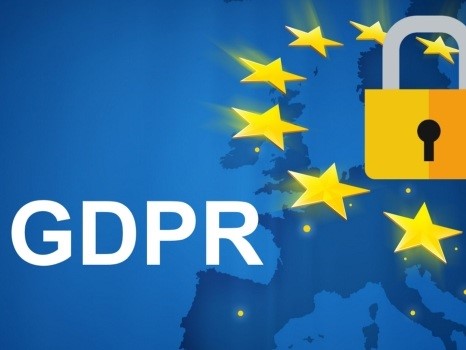Anyone with a child, or anyone who has ever spent an extended amount of time with one, can probably relate to the following conversation I recently had with my six-year-old son, James:
“Mom, you lied to me!”
“No, I didn’t lie; I was mistaken.”
“Actually, Mom, it’s ‘mistaking.’”
To my first-grader, as is so often the case for full-grown adults, James thought he knew best. He thought that a rule he knew to be true (that we say “-ing,” not “-in’”) applied in all situations.
We like to consider ourselves experts in our respective fields. We like to think that we’ve got a proverbial handle on the needs of our clients and colleagues and how to meet and exceed those expectations.
So what happens when you’re faced with a “mistaking” moment? Here are some dos and don’ts for how to react when you don’t have all the answers.
Don’t: Keep it to yourself
The longer you sit and stew over the issue, agonizing over the fact that you’re stuck, the longer you’ll stay stuck. Don’t let your pride get in the way of solving the real issue at hand.
Do: Brainstorm
As kids, we’re often taught to believe that we’re brilliant snowflakes who can do no wrong: we’re the prettiest, the strongest, and the brightest. Revert to that time, when there were no stupid questions. A favorite songwriter of mine, Dan Bern, was once asked, “When did you start writing songs?” He responded, “When did you stop?” As children, we are blissfully ignorant and uninhibited. Embrace that, and you’ll give yourself permission to think beyond your typical scope.
Don’t: Put a band-aid on a gunshot wound or bleed out
When we’re faced with what we perceive to be an unsolvable problem, it can be tempting to either procrastinate and completely avoid dealing with the issue at hand or to throw together a quick, short-term fix. Although it’s beneficial to briefly take a step back and give yourself time to walk away, digest, clear your head and come back with a fresh outlook, nothing will help as much as getting to the root of the problem and getting out of your own way.
Do: Reach out
It’s invaluable to build and maintain relationships with other members of your team and other experts in your field so that, when the time comes, you have a network who can, at best, provide you with fresh ideas and insight and, at worst, give you a sounding board so you can talk it through yourself or point you in the direction of other resources. Just today, I had an issue and, after stubbornly trying to get to the bottom of it myself for much longer than I should have, I reached out to a small handful of trusted colleagues for help. Not only did one of those colleagues have the answer I needed, but putting my newfound wisdom to use, I was able to provide a deliverable to a client much more quickly.
Of course, despite our best efforts, there will inevitably be times when we fall short; however, as the poet John Sinclair wrote, “Failure is a bruise, not a tattoo.” Taking it one step further, Stephen Hawking said, “Half the battle is just showing up.”
So, the next time my son asks what my favorite Pokémon is and then tells me what my answer should be, I might just tell him that he’s “mistaking.”









